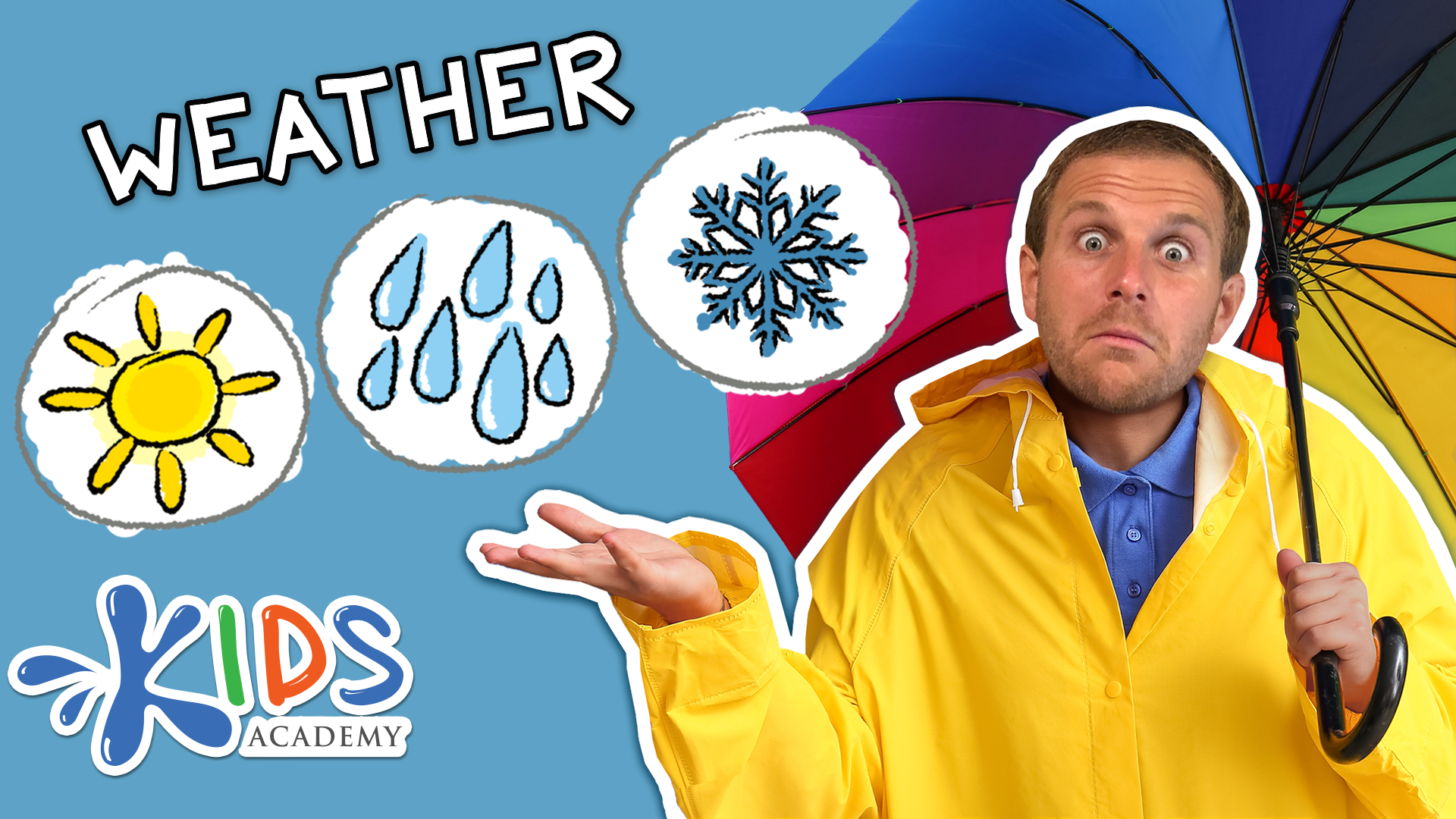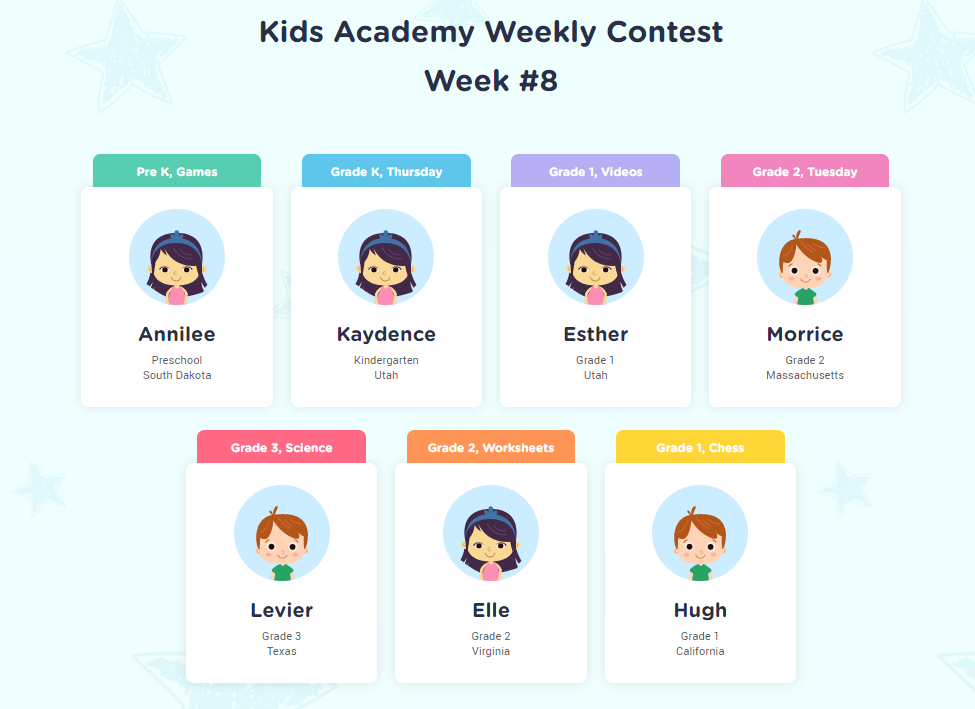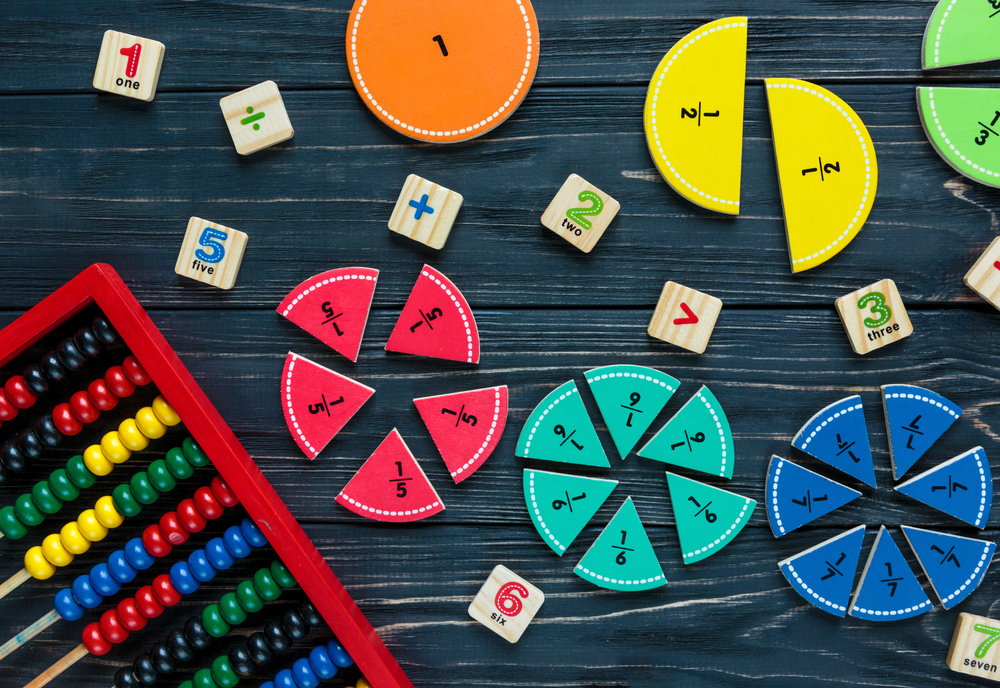Phonics practice Normal Worksheets for Ages 5-8
20 filtered results
-
From - To
Boost your child’s reading skills with our engaging Phonics Practice Normal Worksheets designed for ages 5-8. These comprehensive worksheets focus on essential phonics concepts like letter recognition, sound blending, and word formation. Foster a love for reading by providing them with fun, interactive activities that build foundational skills crucial for literacy development. Created with young learners in mind, these printable exercises support language acquisition through colorful illustrations and easy-to-follow instructions. Ideal for both classroom and home use, our phonic worksheets provide the perfect blend of education and enjoyment, helping children become confident and proficient readers.
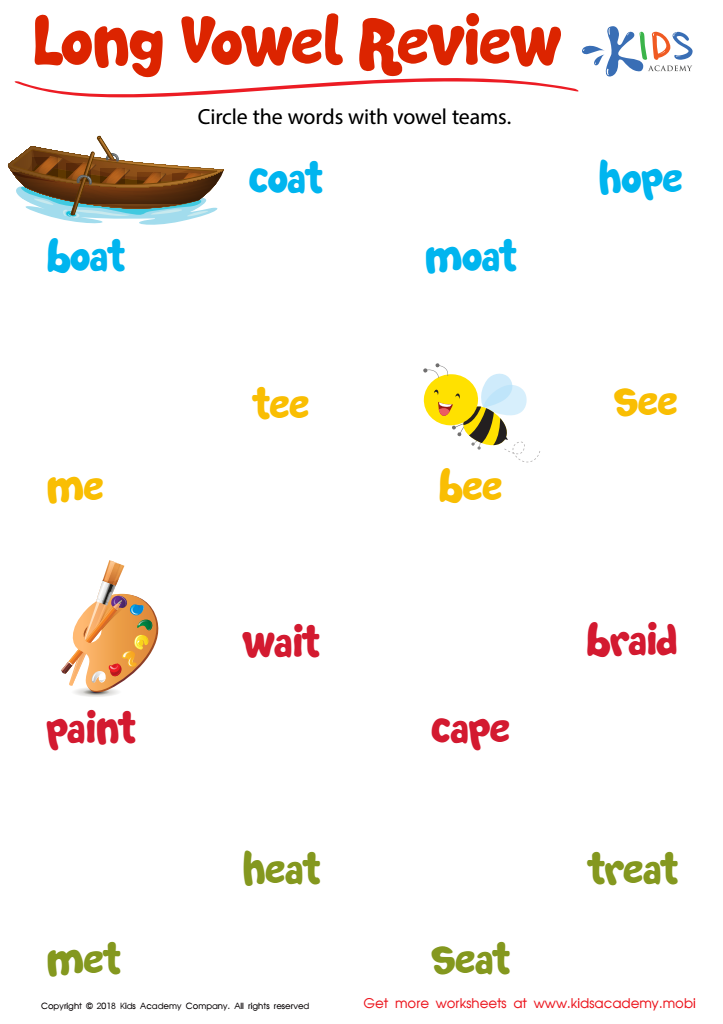

Long Vowel Review Worksheet
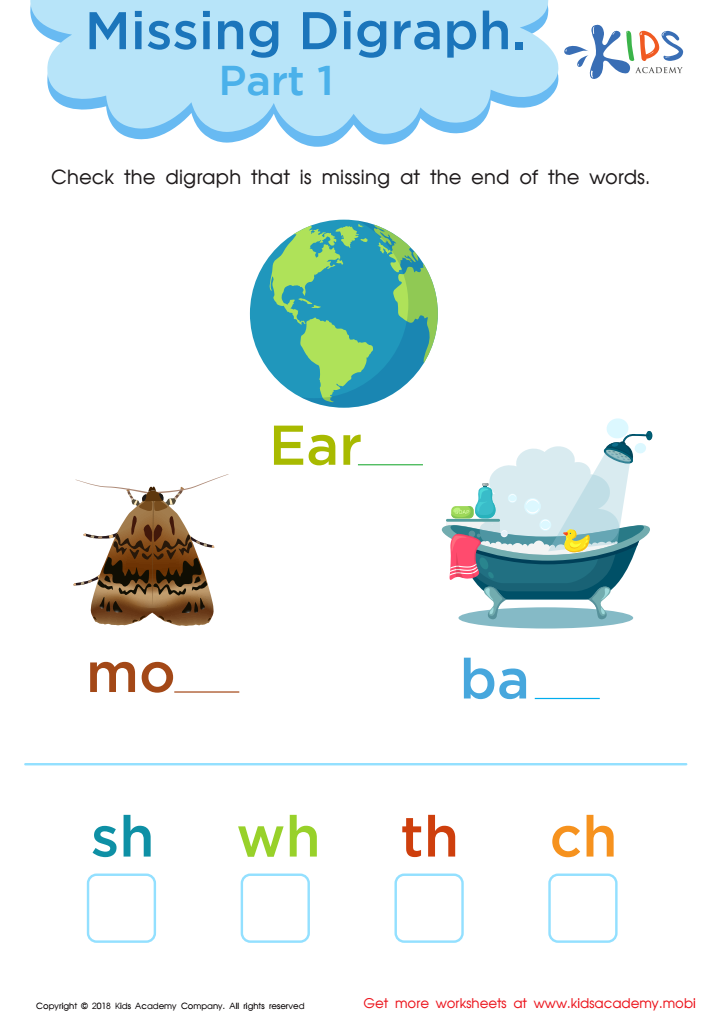

Missing Digraph: Part 1 Worksheet
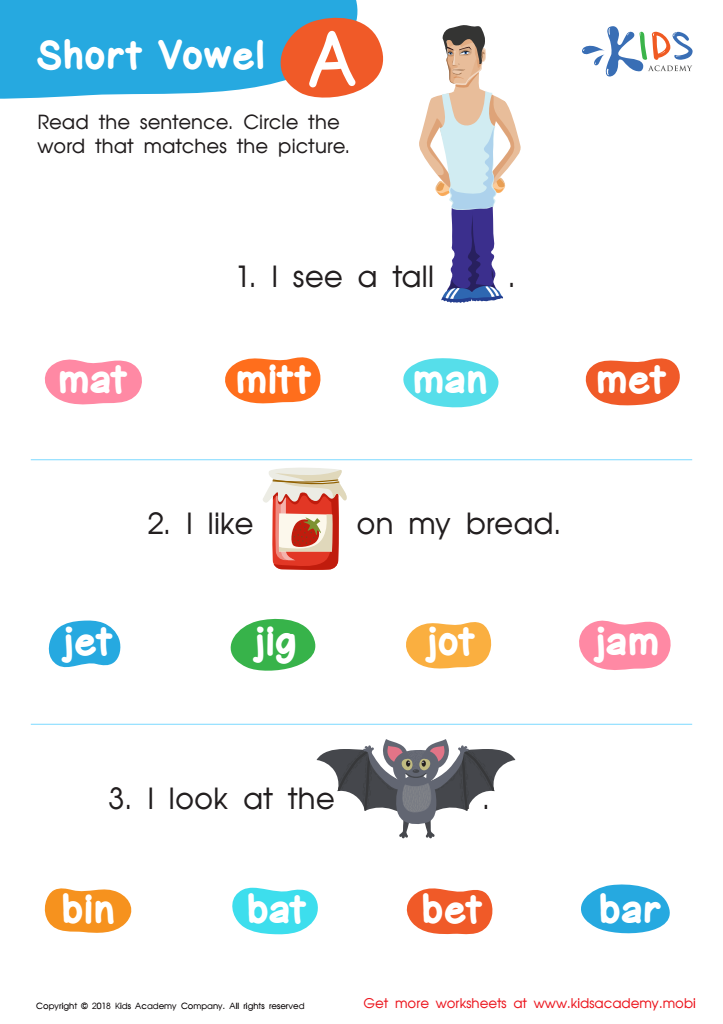

Short Vowel /a/ Worksheet
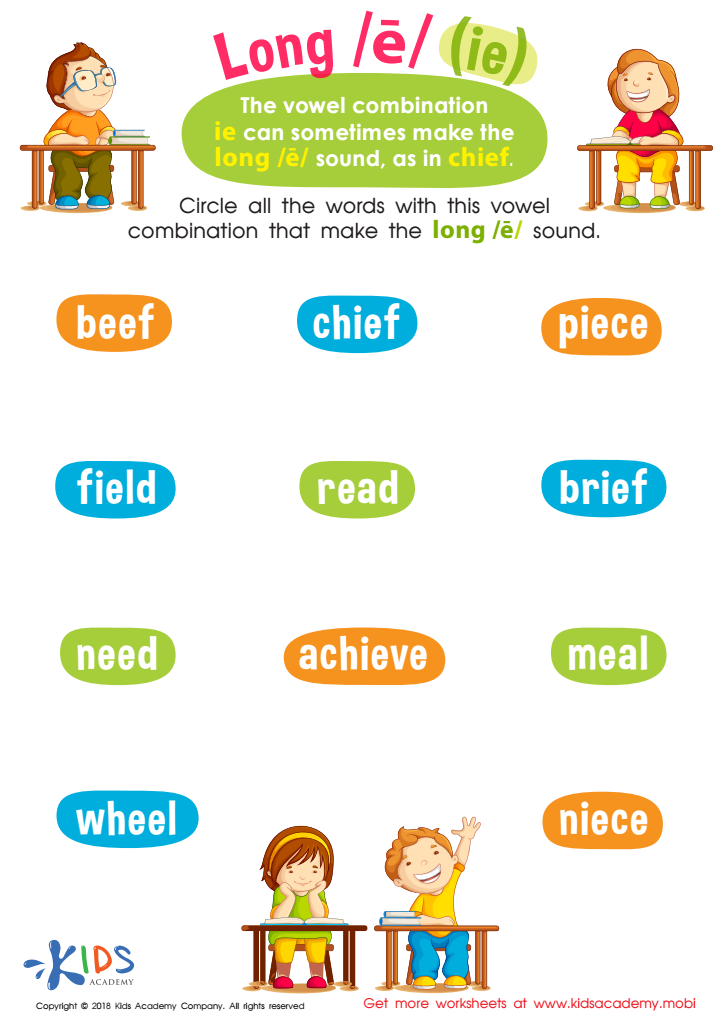

Reading: Long E and IE Worksheet
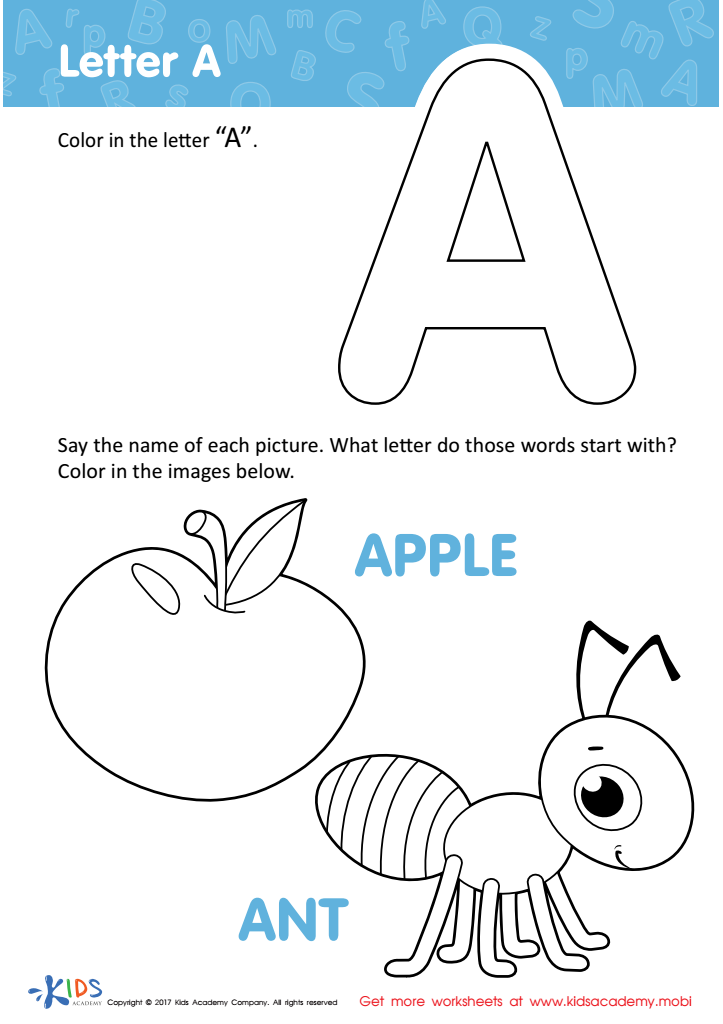

Letter A Coloring Sheet


short vowels Worksheet
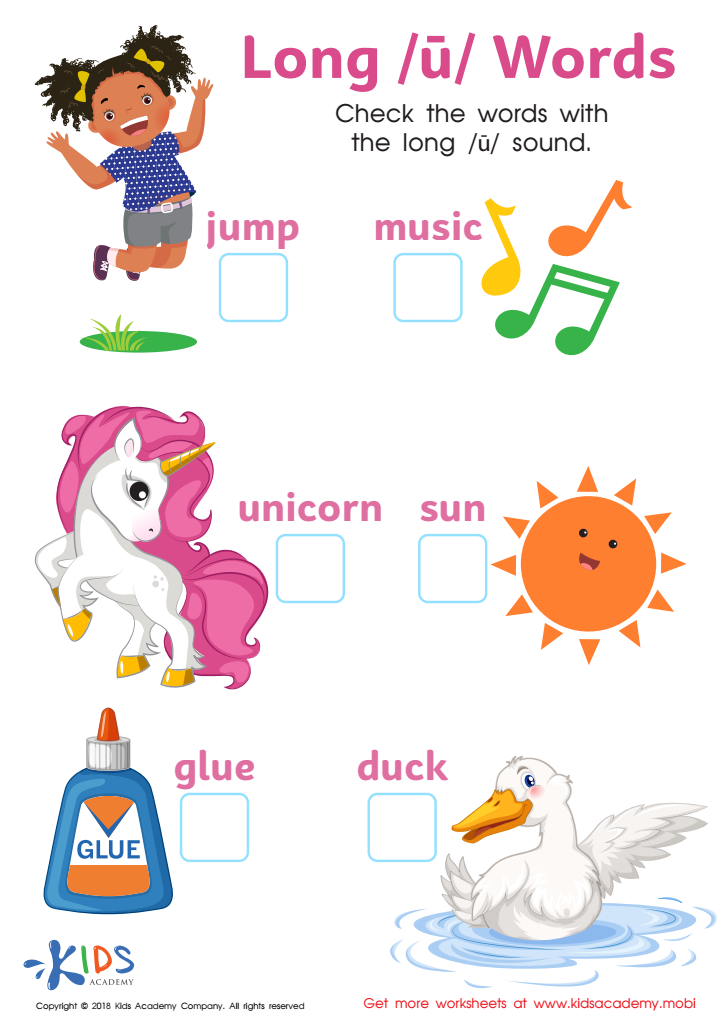

Long U Words Reading Worksheet
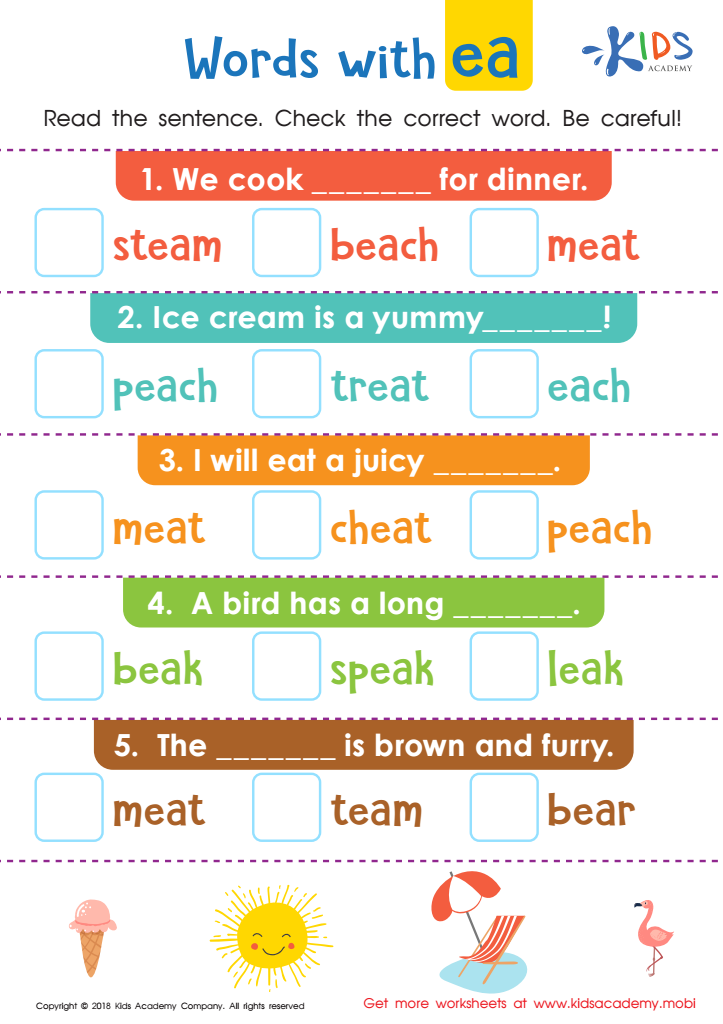

Words with ea Worksheet
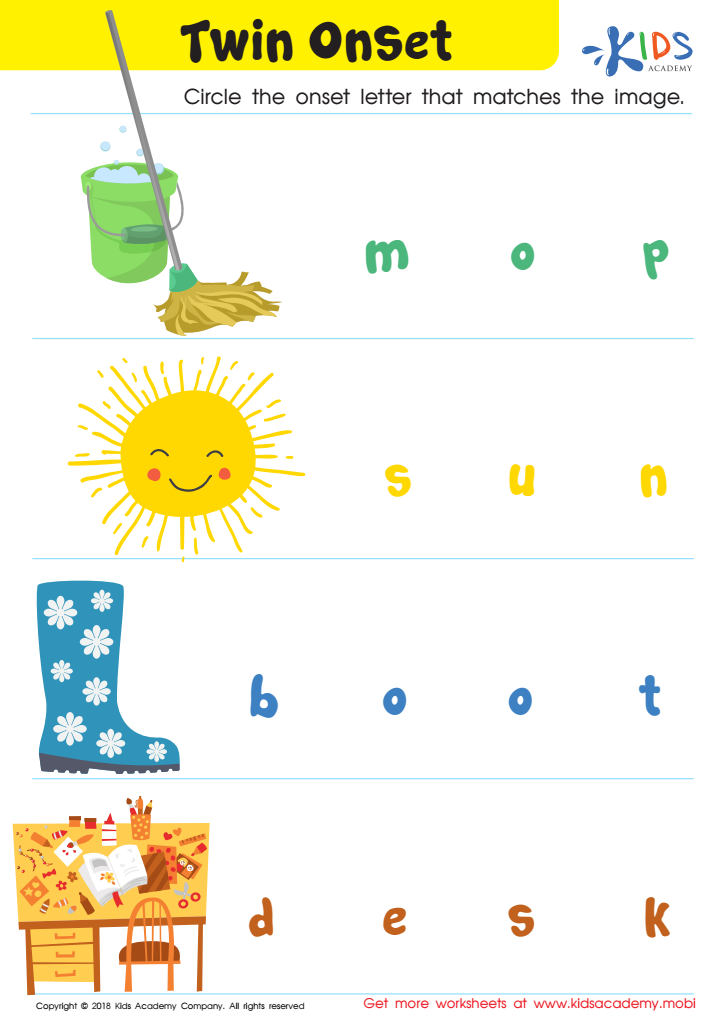

Twin Onset Worksheet
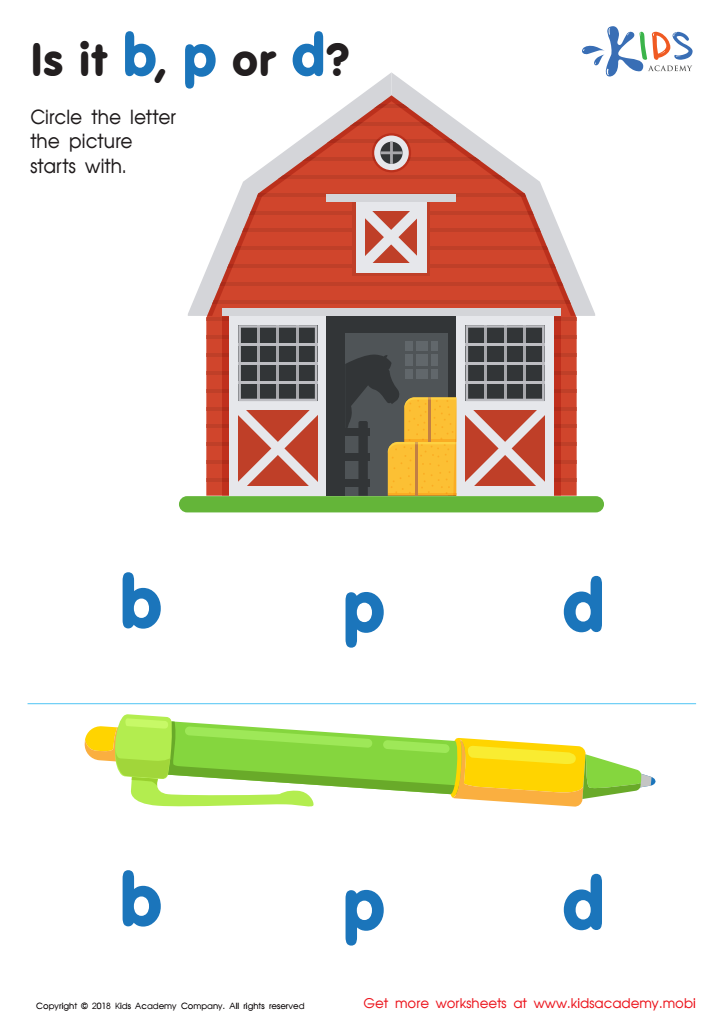

Is it b, p or d? Worksheet


Short Vowel Eggs Worksheet
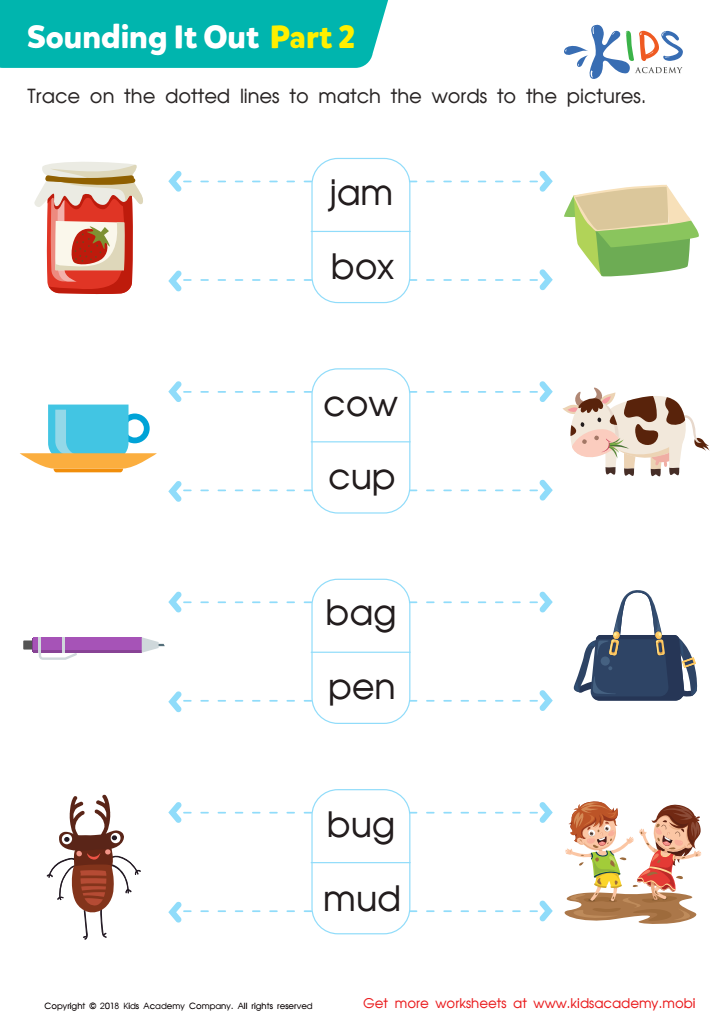

Sounding it Out: Part 2 Worksheet


Open Syllable Printable Worksheet
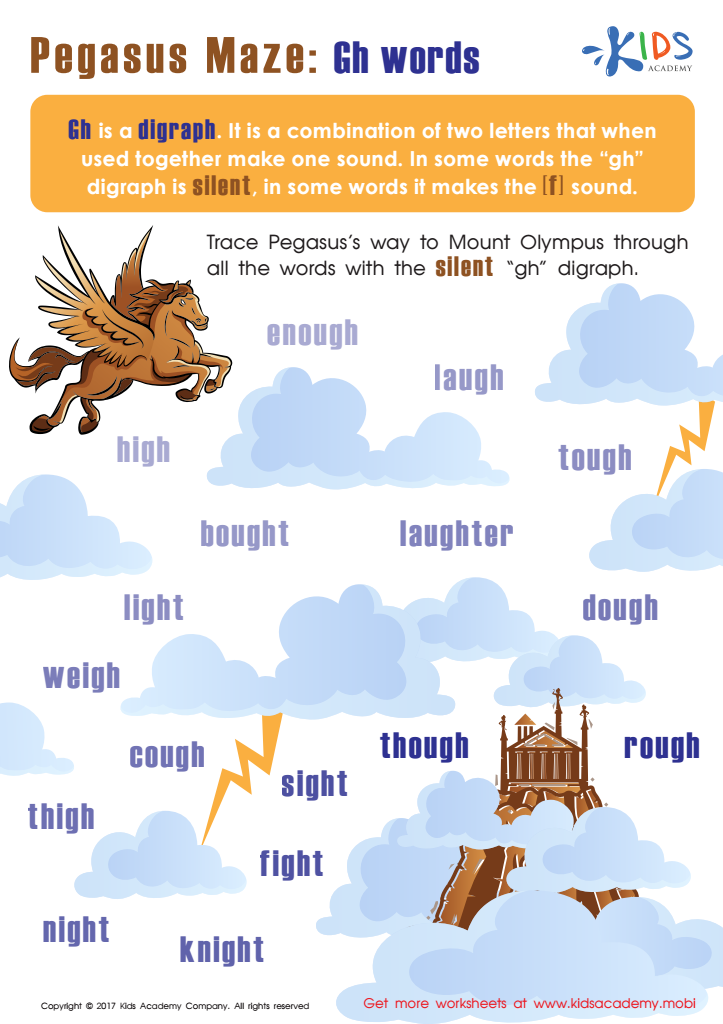

Pegasus Maze: GH Words Worksheet
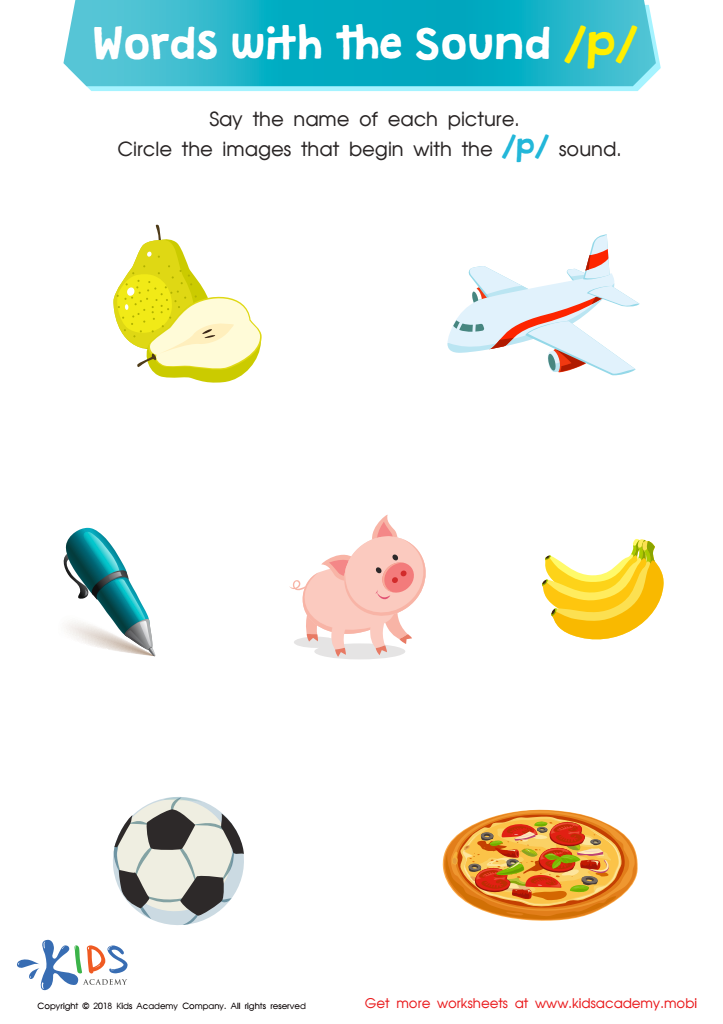

Words with sound p Reading Worksheet
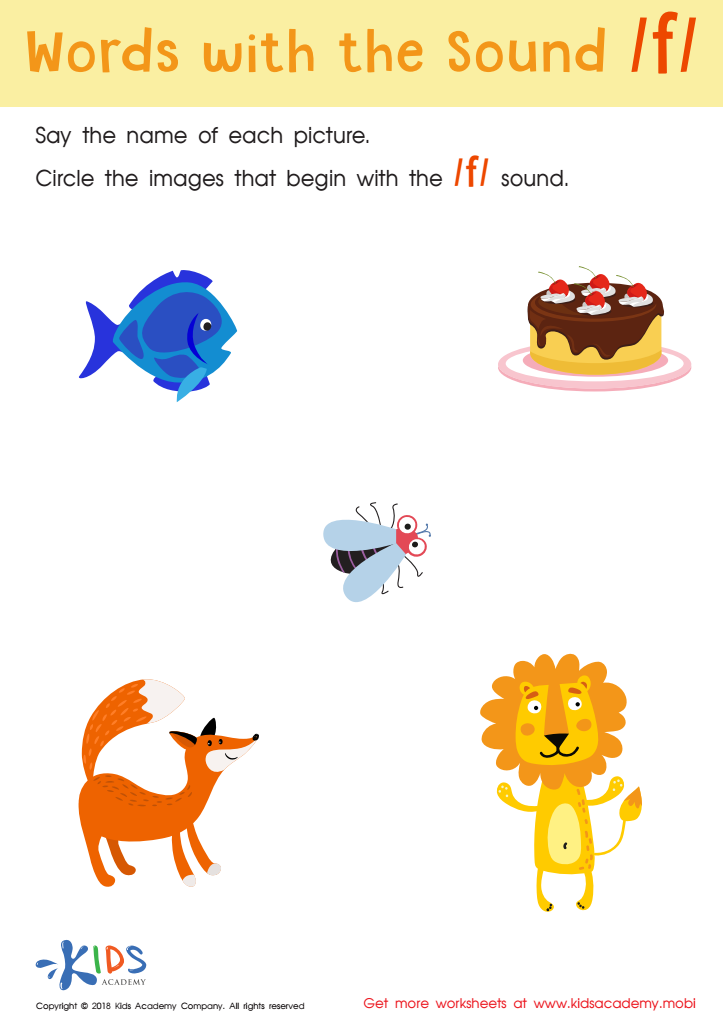

Words with sound f Reading Worksheet


Reading: EA as in Bread Worksheet
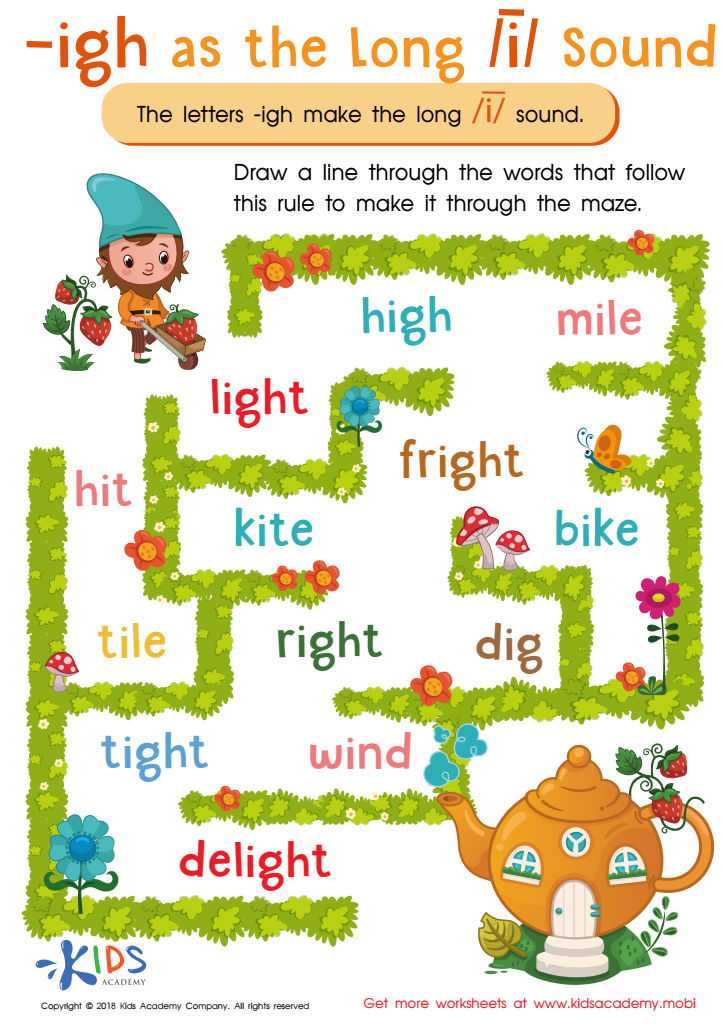

Reading: IGH as Long I Worksheet
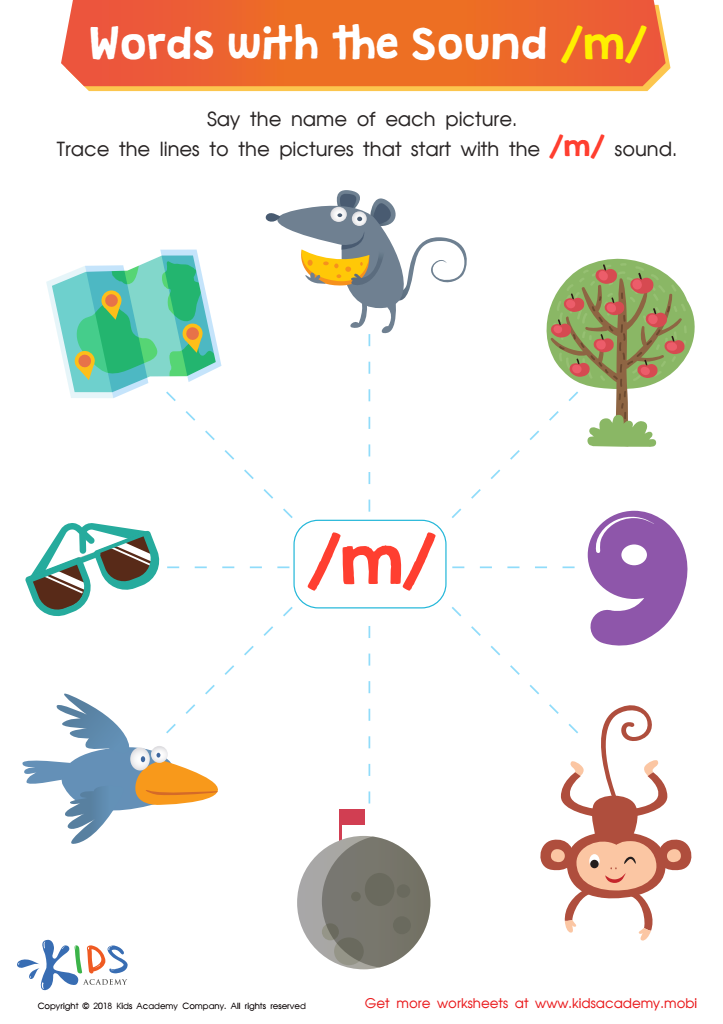

Words with Sound M Reading Worksheet
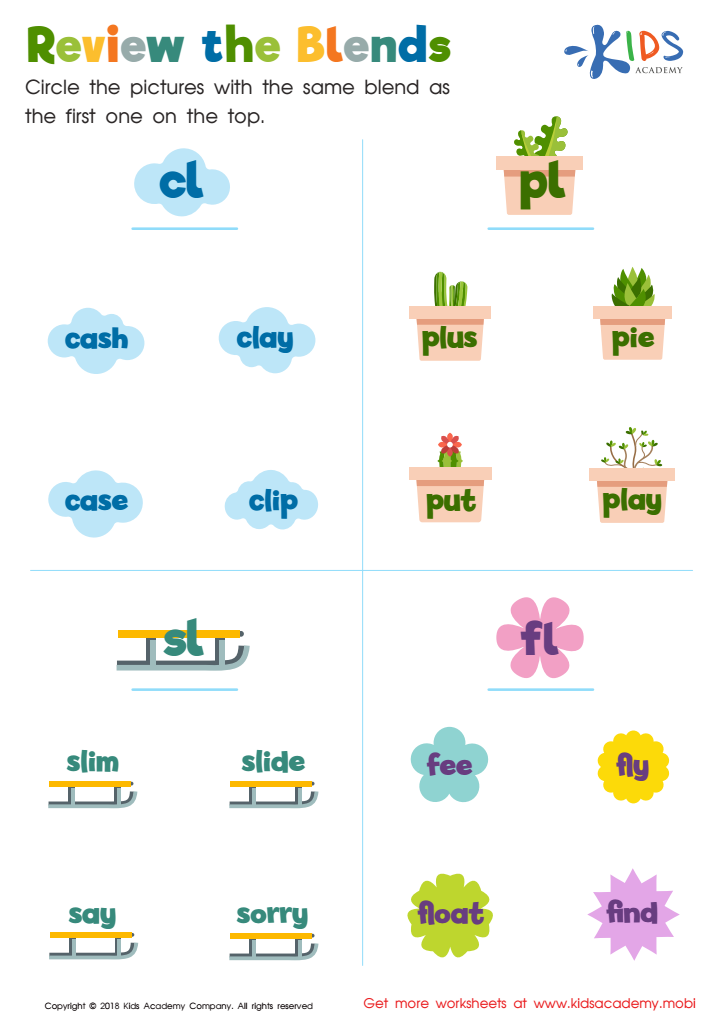

Review the Blends Worksheet
Phonics practice is critical for young children ages 5-8 as it lays the foundation for proficient reading and writing skills. By focusing on the relationship between letters and sounds, phonics helps children decode new words, enhancing their reading fluency and comprehension. When children understand how letters correspond to sounds (phonemes), they can effectively blend these sounds to read words accurately, which is essential for their academic advancement.
For parents and teachers, emphasizing phonics practice supports children in becoming confident readers. This confidence reduces frustration and fosters a love of reading, which is linked to better performance in all subjects. Early phonics practice improves spelling skills because understanding phonics helps children to spell words as they sound, promoting better written communication.
Furthermore, solid phonics skills have long-term benefits. They contribute to improved reading comprehension because children spend less cognitive energy decoding words and more energy understanding the text. Phonics also aids in identifying unfamiliar words, thus expanding vocabulary.
Investing time in phonics practice provides children with essential academic tools, cultivating lifelong literacy and learning habits. By integrating these practices at an early age, parents and teachers create a supportive, literacy-rich environment that benefits children's overall educational development.
 Assign to My Students
Assign to My Students


